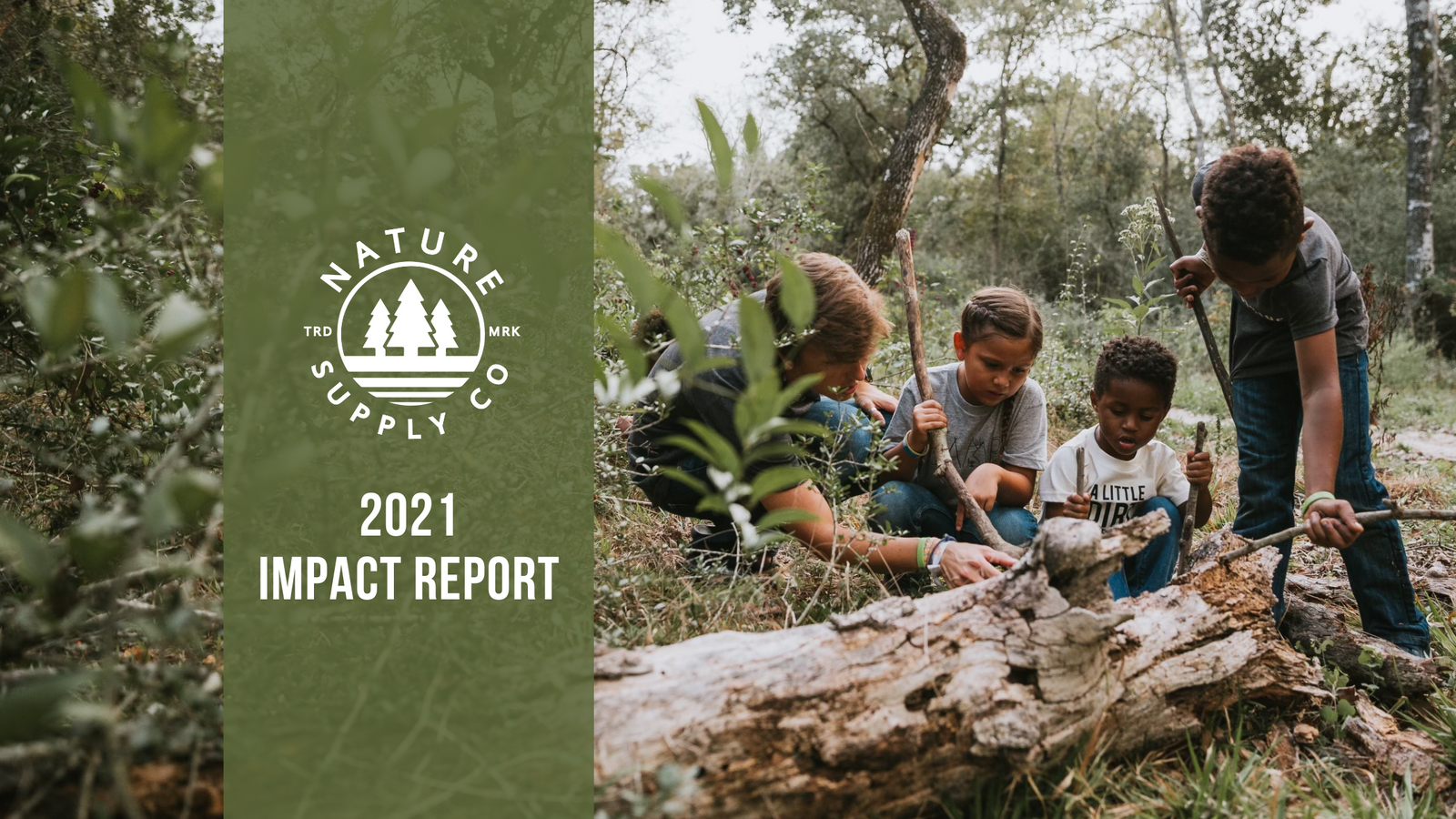Beekeeping is becoming more and more popular and it's easy to see why. I mean who wouldn't want their own supply of fresh honey right in their backyard?!
Today we have Lindsay with Beeproject Apiaries telling/showing us how we too can have a small scale bee house!!
Small scale beekeeping (ie managing 2-10 hives) can be a very gratifying and enthralling hobby. It seems nowadays lots of people are considering getting a couple hives for their farm or urban oasis. Here’s a few things to keep in mind to get started while your excitement grows.
Yes, honeybees are amazing! But there’s also A LOT to know. We recommend finding reliable classes, or experienced mentors to guide you through the first season or two. Many large cities now have beekeeper clubs, where experienced beekeepers share insights with newer beeks and both parties end up learning valuable lessons.
Are you sure you’re allowed to do that? Some areas have rules against beekeeping or require permits. Get to know your local beekeeping bylaws. In our city, it’s required to have a permit and we registered with our province (state) as a beekeeper. Whether you like rules or not, you can either play by them or risk having your bees taken away.

Don’t reinvent the wheel (or hive). Back around the 1850’s, ol’ Reverend Langstroth developed a standardized shape and size of hive. This was based on the bees’ natural preferences for spaces, openings and airflow within a hive and allowed a beekeeper to take apart and inspect a hive without destroying it. By 1850 standards, his designs were so easy to work with that they went “viral”, which in 1850 took about a decade. This means that for the most part beekeeping equipment needs to conform to the dimensions of a Langstroth hive. So before you get busy in the woodshop, consider starting with a standard Langstroth hive. They make learning very easy and allow you to fit the frames of bees you’ll someday receive from a beekeeper right into your hive. There are a few other really beautiful hive styles out there but they all come with their own unique challenges and require a different approach and set of skills. Check out beebuilt.com for some alternative hive designs.
Start small(ish). We recommend starting with two to four hives. This will allow you to compare the health of the different hives, their growth, personality, and production. Many times if a hive or queen is failing, beekeepers will use one of their other thriving hives to help replace the queen or bolster a fledgling population. We recommend not getting too many to start as it can be overwhelming and you have to figure out what to do with all that honey if things go well. In many areas, average honey yields will be 100 lbs per hive or more.
Where to hide your hive. When considering hive placement, in the country setting, we often look for a sunny spot with low wind but the truth is the bees can be placed in the unused corners of your property, between buildings or on rooftops and they’ll still do well. This makes them really easy to fit in to the urban landscape.
Get yourself a smoker. Smoke is used to keep bees calm while you visit the hives. Beekeepers typically go through their hives once every two weeks. We’re looking for queen health, signs of disease, general nutrition, readiness of honey for harvest and swarming tendencies. On a bright sunny day with a slow and purposeful approach, a good smoker and a hive tool can eliminate most chances of getting stung without wearing a bee suit. Bee suits give a sense of security to new beekeepers but often stop us from being extra gentle when going through a hive. The suit can also be hot and a barrier to you getting to know your bees. In the urban setting, a suit can scare neighbours. The smoker will cover the panic pheromones of the bees, causing them to ignore your presence and allow you to take your time while getting up close and personal with your hives.
Be thick skinned. No, not because you’ll get stung but because eventually you’ll make a mistake. Whether you don’t give enough room to your hive and it swarms, accidently squish a queen, or don’t recognize that you have varroa mites until they’re out of control, something will come up that you wish you caught before it did. These are great learning experiences but can be discouraging. Unwanted pests and diseases are something to learn to identify and respond to early on in your beekeeping adventures… we’re talking about varroa mites, small hive beetle, chalk brood, AFB, mice, skunks, raccoons, etc, etc, etc. Identifying these pests early and knowing how to respond to them quickly gives you and your hives the best chance of overcoming them.
Honey is like liquid gold. The honey harvest is a magical time. Although it can be sticky and a bit of work, the fruits of your (and the bees’) labour quickly adds up. Honey should be harvested on a hot summer day, about 30 degrees Celsius (mid 80’s Fahrenheit). Too cold and it won’t flow out of the frames, and too hot, the wax loses its integrity and the frames fall apart. There are no words to describe the pleasure of your first mouthful of freshly extracted honey from your own hives. Your stainless steel honey extractor will be one of your biggest initial investments but will last decades and will become one of your favorite tools. Using a centrifuge rather than crushing the honeycomb to get the honey out allows honeycomb to be re-used by the bees and substantially increases annual honey production.
Are you sure you’re allowed to do that?? Part II. One of the upsides to urban beekeeping is getting to be a spokesperson for not only the honey bees but also the unmanaged bee populations in the city as curious urbanites constantly stop you and ask you questions. Although most people are on board about the importance of bees and aware that we’re reliant on them for our food security, not everyone is excited to see them next door. Be prepared to respond to concerns in a calm way and to explain the benefits and behaviors of honeybees. And remember… a jar of honey goes a long way to winning these people over.
Involve your friends and family! We LOVE sharing this amazing social insect and the importance of them in our food system. It’s incredible to see peoples’ response to being around thousands of bees that are busy at work. The smells, sounds, tastes and sights in a hive never fail to bring out a child-like wonder in a visitor. Start an annual harvest party!
There’s a saying around here that if you ask three beekeepers the same question, you’ll get four different answers. This is meant to communicate that everyone has their own style of beekeeping and everyone finds different ways to do things that works best for them. We really just want to encourage you to educate yourself, find a mentor, use your hive to build a sense of community and have fun with your bees!

For more awesome info on bees and beekeeping be sure to check out Beeproject Apiaries at http://beeproject.ca/








Leave a comment (all fields required)